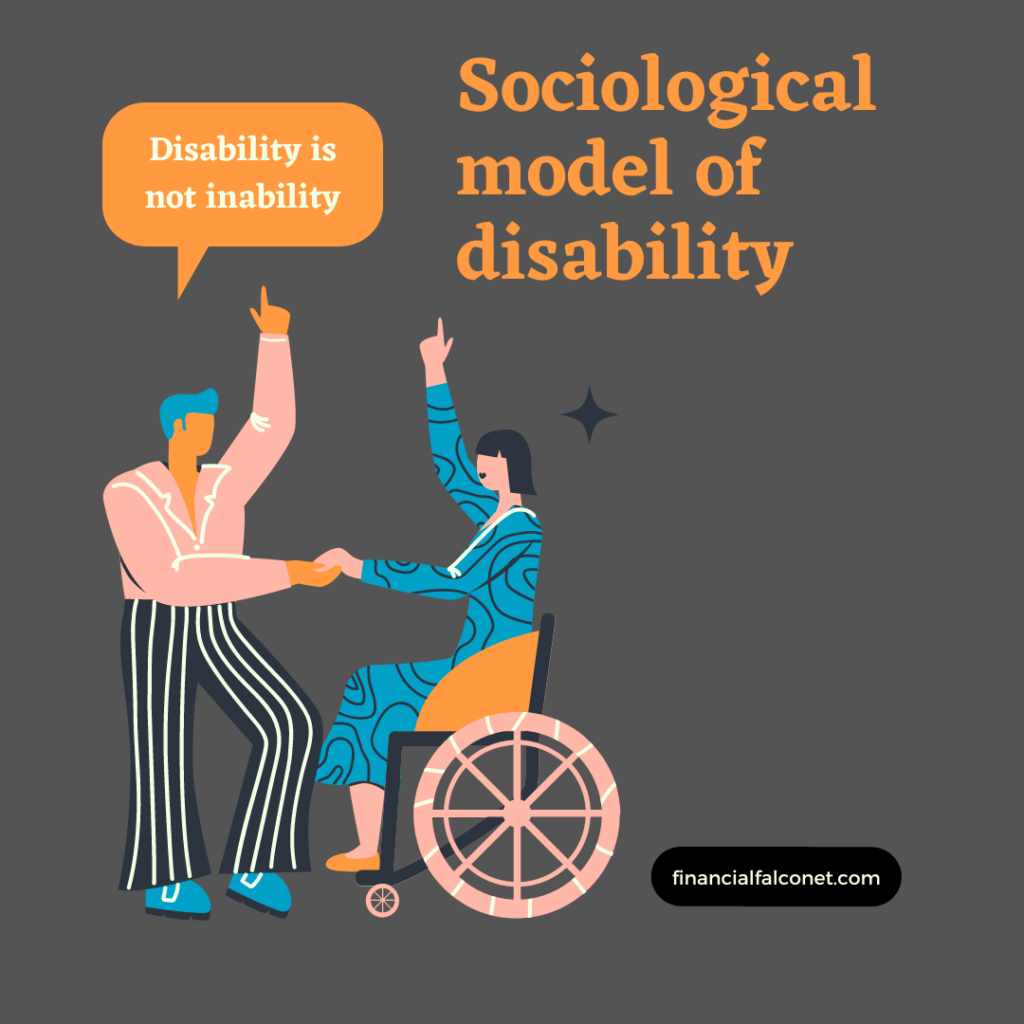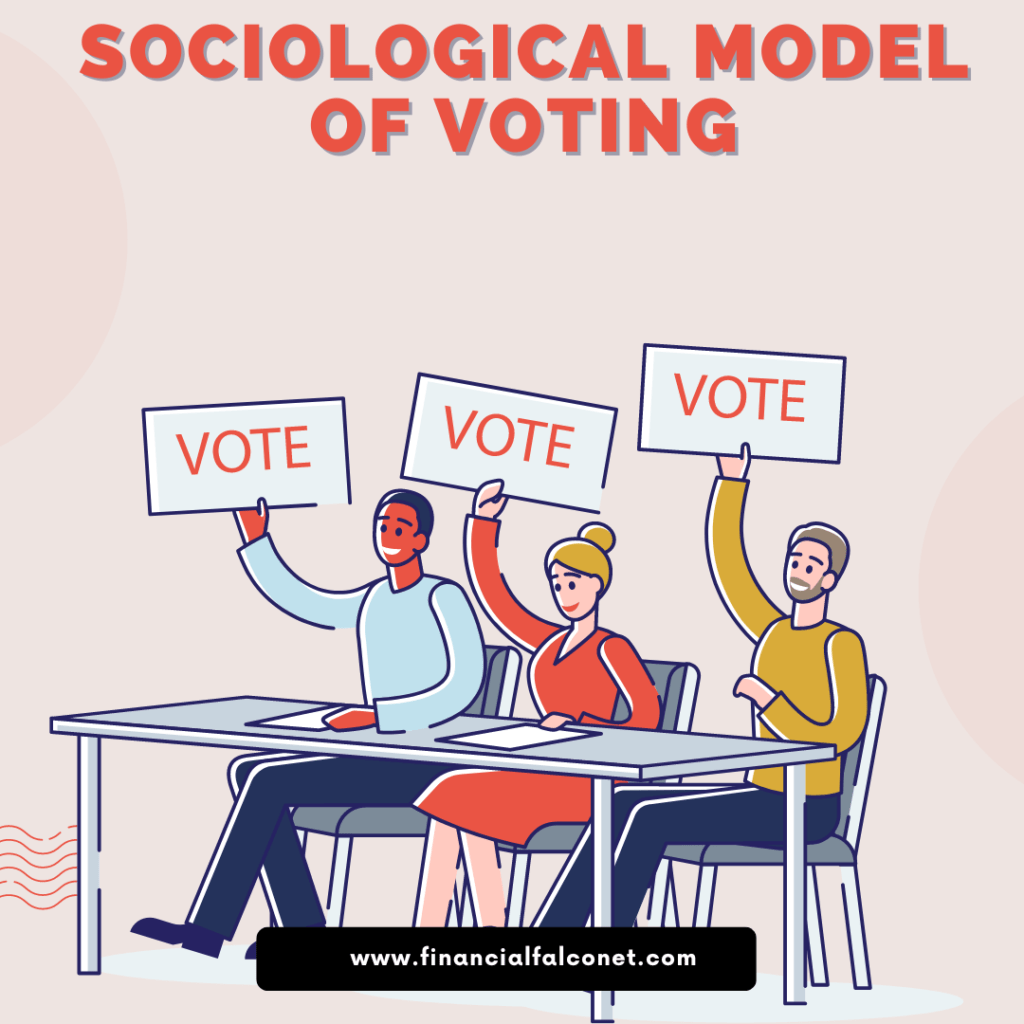What is the sociological model?
The sociological model is a theory that explains why people act the way they do. This social model suggests that our behavior is shaped by our interactions with others and that we are not simply individuals acting independently. Instead, we are part of a larger social system and our behavior is influenced by the norms and expectations of that system. The sociological model is also known as the social model.
There are 3 main approaches that can be used to explain the reason behind people’s behavior. These approaches that describe people’s behavior are the psychological approach, the economic approach, and the structural approach.
The sociological model emphasizes the role of social factors in shaping human behavior. This model is useful for understanding how our behavior is shaped by the groups we belong to and the societies we live in. But what does this mean for our understanding of human behavior?
We will cover the different types of sociological models and their importance in the understanding of human behavior.
Why is the sociological model important?
The sociological model is important in helping us to take a holistic approach when studying people. We can’t just look at individual behavior in isolation; we need to understand the social context in which it occurs.
Additionally, the social model highlights the importance of social change. If our behavior is shaped by our interactions with others, then changing those interactions can lead to changes in our behavior.
What are the types of sociological models?
There are different types of models in sociological analysis, the three common types of models are individualistic, collectivistic, and structural.
Individualistic models focus on the individual as the unit of analysis. The assumption is that individuals are rational actors who make decisions based on their own self-interest. Individualistic models are often used to explain crime and deviance.
Collectivistic models focus on groups as the unit of analysis. The assumption is that groups are more important than individuals and that group dynamics play a significant role in shaping individual behavior. Collectivistic models are often used to explain social cohesion and social change.
Structural models focus on the underlying social structures that shape individual behavior. The assumption is that individuals are shaped by their social environment and that they cannot act outside of it. Structural models are often used to explain inequality and social stratification.
Types of sociological models
- The social model of health/illness
- Social model of disability
- The social model of consumer behavior
- Sociological model of voting behavior
The social model of Health/Illness
The sociological model of health has its origins in the work of Max Weber, who argued that health is a function of one’s socioeconomic status.
The sociological model of health views health and illness as being determined by social factors such as poverty, unequal access to healthcare, and exposure to environmental hazards. This model emphasizes the need for social interventions to improve health and reduce disparities in health outcomes.
For example, someone who is poor and lives in a disadvantaged neighborhood is more likely to experience poor health than someone who is wealthy and lives in an affluent neighborhood. This is because the poor person is more likely to have limited access to healthcare, nutritious food, and safe housing. They are also more likely to experience stress due to their financial situation. All of these factors can lead to poor physical and mental health.
According to the sociological model of illness, the unequal distribution of health resources in society makes the poor to be affected negatively. In order to address this problem, we can start to address some of these disparities and improve the overall health of our population.
In the sociological model of mental health, mental health is seen as a product of an individual’s social environment. This includes factors such as family, friends, community, and work. Mental health problems are not seen as caused by individual traits or characteristics, but by the way that the person interacts with their social environment.

The social model of mental health has been used to explain why some groups of people are more likely to experience mental health problems than others. For example, people who live in poverty or who have experienced discrimination are more likely to experience mental health problems. This is because these groups of people are more likely to be exposed to stressors that can trigger mental health problems.
Social model of disability

The social model of disability is the belief that disability is caused by the way society is organized, rather than by a person’s impairment or difference. This means that disabled people are not intrinsically different from non-disabled people, but that the barriers they face are created by society. These barriers can be physical, such as inaccessible buildings; attitudinal, such as negative attitudes towards disabled people; or institutional, such as discrimination in employment.
The social model of disability has been developed by disabled people themselves as a way of understanding and challenging their oppression. It has been used to campaign for changes in society, such as accessible public transport and inclusive education, which would enable disabled people to participate fully in society.
The social model of consumer behavior

The sociological model of consumer behavior is just one way to look at how people make decisions about what to buy. There are also economic and psychological models that attempt to explain this same phenomenon. However, the sociological model is unique in that it focuses on the role that society plays in shaping our choices as consumers.
In the sociological model of consumer behavior, people are seen as active participants in the construction of their own social reality. This means that they are not passive victims of advertising or media messages, but rather they actively interpret and make use of these messages in their everyday lives.
The social model of consumer behavior emphasizes the role of social factors in shaping consumers’ choices and decisions. It is based on the idea that people are social beings who are influenced by their interactions with others. These interactions can take place in various contexts, such as families, peer groups, schools, and workplaces.
Many other types of sociological models exist that aim to explain how people can be affected by their interaction with themselves and the environment.
Sociological model of voting behavior

Though voting behavior is a complex phenomenon that is shaped by a variety of factors; the sociological model of voting behavior attempts to explain how these factors interact to produce different patterns of voting behavior. It attempts to explain how people vote.
It explains that people will vote for the candidate or party that they believe will best serve their interests. The sociological model of voting behavior also postulates that people vote based on their social backgrounds and demographics. This means that people with similar social backgrounds are more likely to vote for the same candidate or issue.
For example, people who are college educated are more likely to vote for the same candidate. This model is helpful in understanding how people make their voting decisions, but it does not always accurately predict actual voting behavior.
Importance and Uses
The sociological model is important because it helps us to understand how societies function. It enables us to see how different social structures and institutions interact with each other, and how they produce the outcomes that we see in society. Without the sociological model, our understanding of society would be very limited.
- The sociological model of health is important to guide research on the causes of poor health, and to develop interventions aimed at improving population health.
- The sociological model of consumer behavior is a helpful tool for understanding why people make the choices that they do when it comes to spending money. By taking into account the social influences on consumer behavior, businesses can better target their marketing efforts and sell more products.
What is sociological approach to education?
A sociological approach to education focuses on the role that educational institutions play in society. It examines how these institutions socialize individuals; this perspective highlights the importance of education in shaping people’s values, beliefs, and attitudes. It also emphasizes the impact of race, class, and gender on educational opportunities and outcomes.
Nansel is a serial entrepreneur and financial expert with 7+ years as a business analyst. He has a liking for marketing which he regards as an important part of business success.
He lives in Plateau State, Nigeria with his wife, Joyce, and daughter, Anael.
